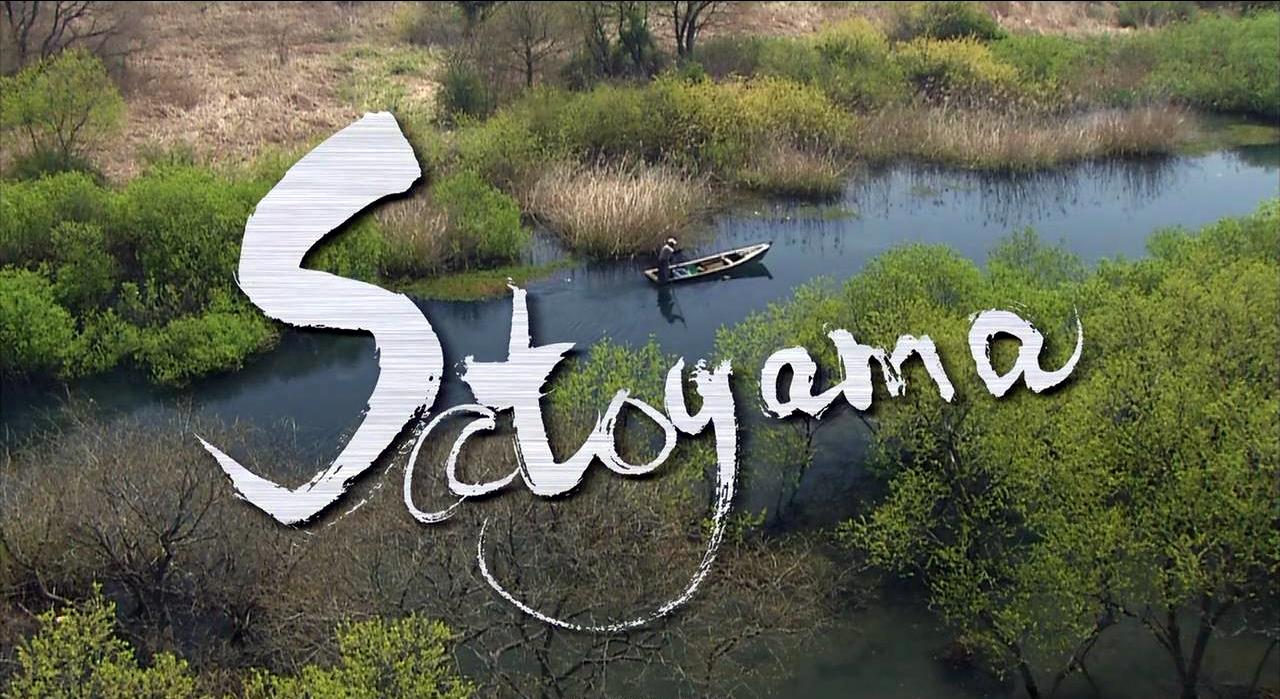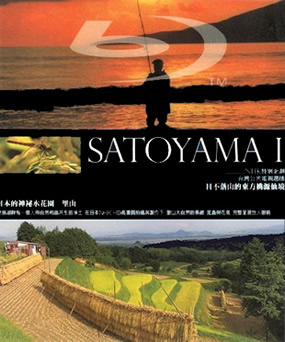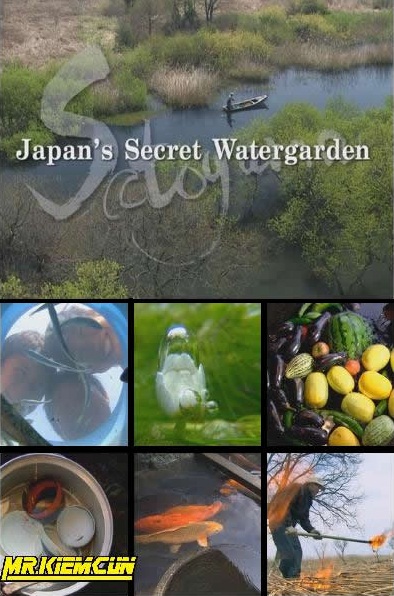Japan?s Secret Watergarden[/large][/center]

[justify]For at least 2,000 years, a unique way of life has flourished around the shores of Japan's largest freshwater lake - Lake Biwa - fed by more than 500 rivers that descend from the rugged, forested interior of Honshu Island. To exploit the abundant mountain water, generations of farmers have transformed the foothills surrounding the lake into a maze of ingeniously engineered terraced fields. The balance between humans and nature is reflected in the Japanese name for the cultivated areas: Satoyama.[/justify]
 [justify]Each home has a built in pool or water tank that lies partly inside, partly outside its? walls? A continuous stream of spring water is piped right into a basin, so freshwater is always available. People rinse out pots in the tank and clean their freshly picked vegetables. If they simply pour the food scraps back in the water, they risk polluting the whole village supply. However, carp can scour out even the greasy or burnt pans. They do the washing up in Satoyama villages. This traditional arrangement is called the riverside method. It?s used all over Japan. Cleaned up by the carp, the tank water eventually rejoins the channel.
[justify]Each home has a built in pool or water tank that lies partly inside, partly outside its? walls? A continuous stream of spring water is piped right into a basin, so freshwater is always available. People rinse out pots in the tank and clean their freshly picked vegetables. If they simply pour the food scraps back in the water, they risk polluting the whole village supply. However, carp can scour out even the greasy or burnt pans. They do the washing up in Satoyama villages. This traditional arrangement is called the riverside method. It?s used all over Japan. Cleaned up by the carp, the tank water eventually rejoins the channel.Imagine a realm where the season?s rhythms rule, where centuries of agriculture and fishing have reshaped the land, yet where people and nature remain in harmony. Sangoro Tanaka lives in just such a paradise. At 83, he?s the guardian of one of Japan?s secret watergardens.
Over a thousand years, towns and villages have developed a unique system to make springs and water part of their homes. From inside their houses, the stream pours into Japan?s largest fresh water lake, near the ancient capital of Kyoto. This is a habitat so precious, the Japanese have a special word for it, satoyama, villages where mountains give way to plains. They are exceptional environments essential to both the people who maintain them and to the wildlife that now share them.[/justify]

